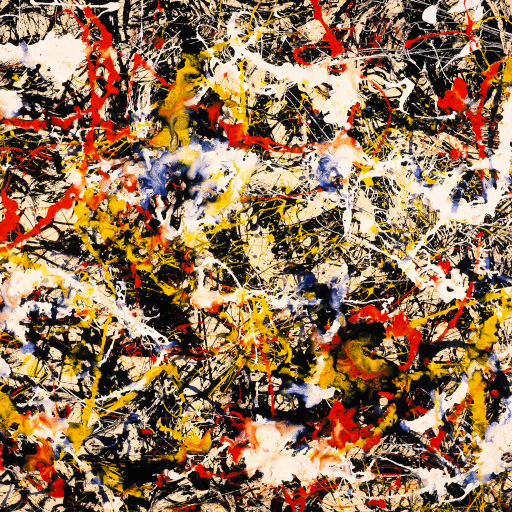Looking Back: Flying through a tunnel
Original article: Flying through a tunnel with After Effects

This article was written in July 2004 (AE v5.5) and demonstrates how a tunnel fly-through effect can be achieved by using the polar coordinates filter. I make it quite clear in the introduction that you cannot get a “Hollywood level” tunnel effect using only After Effects, because you can’t get twisty 3D geometry in AE. So this tutorial was only ever intended to demonstrate a “quick and dirty” technique for faking it.
The tutorial is still relevant and the technique is still valid- none of the techniques or plugins used have dated and if I needed a tunnel effect today I might still use this process… but there are alternatives to consider.
In fact the basic trick demonstrated in the tutorial – using the polar coordinates filter – is so simple that the article’s substance comes from detailing additional procedures with fractal noise and reshape.
So really, there are three stages to this tutorial:
1) creating a texture for the tunnel with fractal noise
2) using the polar coordinates effect to create the tunnel
3) using the reshape effect to add twists and turns to the tunnel
The polar coordinates filter is one way to make a tunnel effect, and in July 2004 with AE version 5.5 it was the only feasible option without 3rd party plugins. But these days another option is to use the CC cylinder effect and align it so the camera is pointing down the middle of the cylinder – the CC Cylinder effect was included with After Effects from version 6.5 onwards. CC Cylinder creates a nicer looking tunnel than using polar coordinates but even using this approach the process of creating the fractal texture would be generally the same, and you’d still end up with a straight tunnel and so the reshape effect technique would still need to be used for bends.
I have tried creating a truly 3D tunnel in After Effects by arranging thousands of 2D circles with small offsets in their Z-space. It’s not difficult to do with expressions and you can try it yourself using the pattern generator project on the downloads page. Â But although this can be done it’s really just an academic curiosity – you need thousands of layers to get a decent result and the render times go through the roof – especially with lights and shadows which are needed to give the illusion of depth. So you end up with a project that takes longer to render than a 3D application, doesn’t look as good, and can’t be controlled as easily.
Taking 3rd party plugins into consideration opens up several avenues for creating tunnels and I haven’t looked into them. Even Trapcode’s Particular could be used with circular particles to create a 3D tunnel.
But the original article was always intended to demonstrate a “quick and dirty” After Effects trick and with that in mind it is still relevant today.
